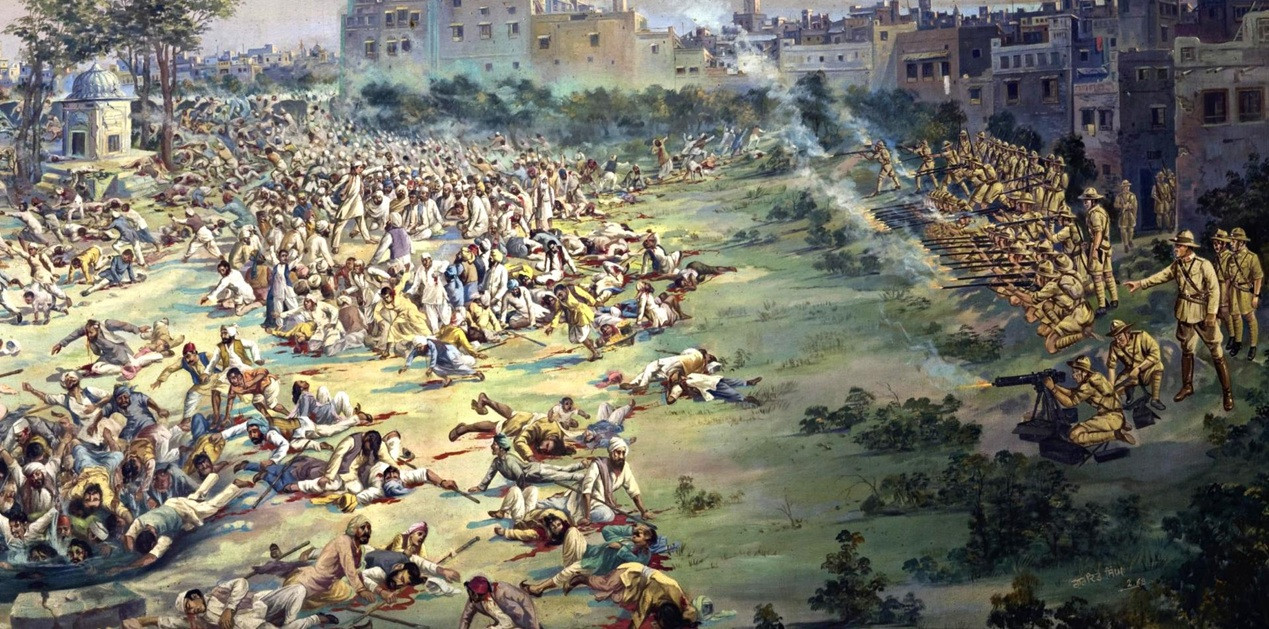The Incredible Tale of Hiroo Onoda: The Soldier Who Fought for 30 Years After WWII
History is filled with strange and unbelievable stories, but few come close to the incredible life of Hiroo Onoda. He was a Japanese soldier who fought World War II not for a few months or even a few years—but for nearly three decades after the war had ended. His story is one of loyalty, survival, and the clash between duty and reality.
Sent Into the Jungle
Hiroo Onoda was born in 1922 in Japan. At the age of 22, he was trained as an intelligence officer and sent to Lubang Island in the Philippines during the final years of the Second World War. His mission was clear: conduct guerrilla warfare, sabotage enemy positions, and above all—never surrender. His commanding officers told him, “Whatever happens, we will come back for you.”
The War Ends, But He Refuses to Believe It
In August 1945, Japan surrendered after the atomic bombings of Hiroshima and Nagasaki. For most of the world, the war was over. But Onoda and a small group of soldiers on Lubang Island refused to accept the truth. They saw leaflets and messages announcing Japan’s surrender, but they dismissed them as enemy tricks. To them, the war was still raging, and they were determined to keep fighting.
“We would never surrender. We were soldiers of the Emperor.” – Hiroo Onoda
Decades of Survival
Life in the jungle was harsh. Onoda and his men survived on bananas, coconuts, and stolen rice from nearby villages. They lived in makeshift shelters, patched up their uniforms, and cleaned their rifles as if the war might turn in their favor at any moment. Whenever locals tried to tell them the war was over, they assumed it was a trap. Over the years, his fellow soldiers either surrendered or were killed, but Onoda carried on alone.
Imagine the world changing—countries rebuilding, new technologies being invented, people walking on the moon—while one man still fought a war that had ended long ago. For Onoda, time stood still inside the Philippine jungle.
- 1945 – World War II officially ends, but Onoda refuses to surrender.
- 1950s – Leaflets and newspapers are dropped in the jungle, but he believes they are fake.
- 1972 – His last companion is killed, leaving Onoda completely alone.
- 1974 – A young Japanese traveler, Norio Suzuki, stumbles upon him and gains his trust.
The Moment of Surrender
Even when Suzuki told him the war had been over for almost 30 years, Onoda refused to lay down his rifle. He insisted that he would only surrender if he received direct orders from his commander. Word reached Japan, and incredibly, his former commanding officer—now an old man—was brought to Lubang Island. Standing face to face with his superior officer, Onoda finally accepted the truth. In March 1974, he stepped out of the jungle and surrendered his sword and rifle, which was still in working condition.
A Hero, A Relic, A Survivor
When Onoda returned to Japan, the world saw him in different ways. Some praised him as a symbol of devotion and discipline, while others pitied him for losing three decades of his life to a war that had long ended. He was given a hero’s welcome, yet he admitted feeling out of place in modern Japan. Later, he moved to Brazil to start a new life as a cattle farmer before eventually returning to his homeland. He lived until 2014, passing away at the age of 91.
The Legacy of Hiroo Onoda
Onoda’s story is more than just a bizarre episode from history. It is a lesson in the extremes of human belief and loyalty. He was a man who followed his orders to the very end, even when the world moved on without him. His tale forces us to ask important questions: How far should loyalty go? And when does devotion turn into blindness?
“Men should never give up. That was the lesson of my life.” – Hiroo Onoda
Today, the story of Hiroo Onoda lives on as a reminder of the human spirit’s ability to endure. Whether you see him as a hero or a tragic figure, there is no denying that his name will forever be remembered in the strange and fascinating history of war.



